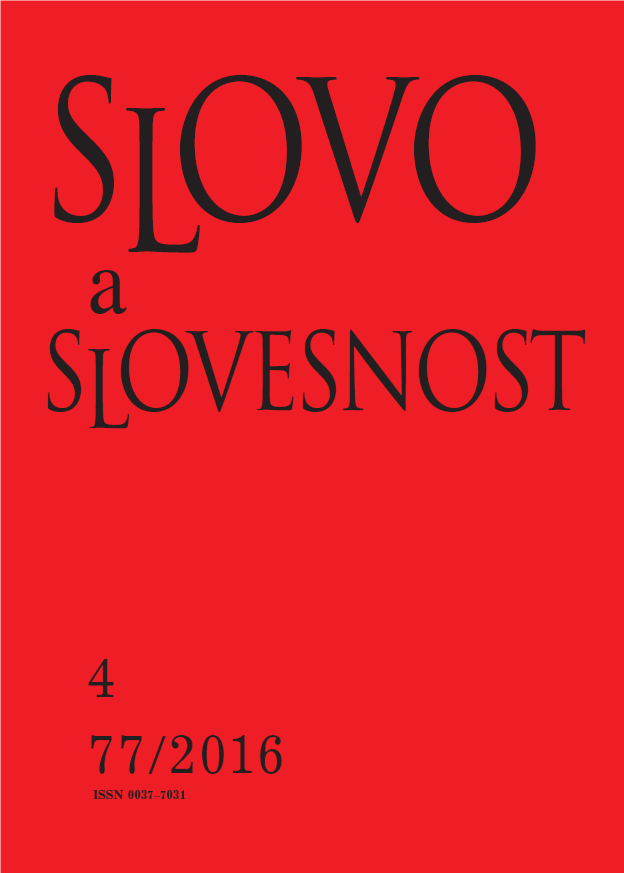Final stops in Indo-European: their phonological classification as a key to the Proto-Indo-European root structure constraint
Final stops in Indo-European: their phonological classification as a key to the Proto-Indo-European root structure constraint
Author(s): Reiner LippSubject(s): Language studies
Published by: AV ČR - Akademie věd České republiky - Ústav pro jazyk český
Keywords: Proto-Indo-European plosive system; manner of articulation features; markedness; tenseness; final stops; neutralization; root structure constraint; Robert Gauthiot; Nikolai Trubetzkoy; Roman Jakobson
Summary/Abstract: The connection of the thesis advocated by Meillet and Gauthiot of the “implosive”, i.e. unreleased, character of final Proto-Indo-European (PIE) obstruents with the structuralist framework of the Prague School opens up the view for our understanding of the phonological structure of the obstruent or plosive system of PIE and several ancient daughter languages, because based on Trubetzkoy’s theory of neutralization and the archiphoneme the relevant correlation marks can be set up by determining the phonemic status of “implosives”, i.e. unreleased stops, in positions of neutralization. We can conclude that in word final position PIE displayed unreleased lenes (with the phonetic features [–tense, –voiced, –aspirated]), which due to the distinctive function of tenseness (and not voice) were phonologically classified as mediae (with the phonological features [–tense, –aspirated]) and not as tenues (with the phonological features [+tense, –aspirated]). This state of affairs is still reflected directly by the not closely related Indo-European (IE) languages Latin, Avestan and Lydian, and indirectly or less clearly by Hittite, Vedic, Greek, and rudimentarily by Old Persian, Celtic, Slavonic, and possibly by Germanic.
Journal: Slovo a slovesnost
- Issue Year: 77/2016
- Issue No: 4
- Page Range: 251-299
- Page Count: 49
- Language: English

